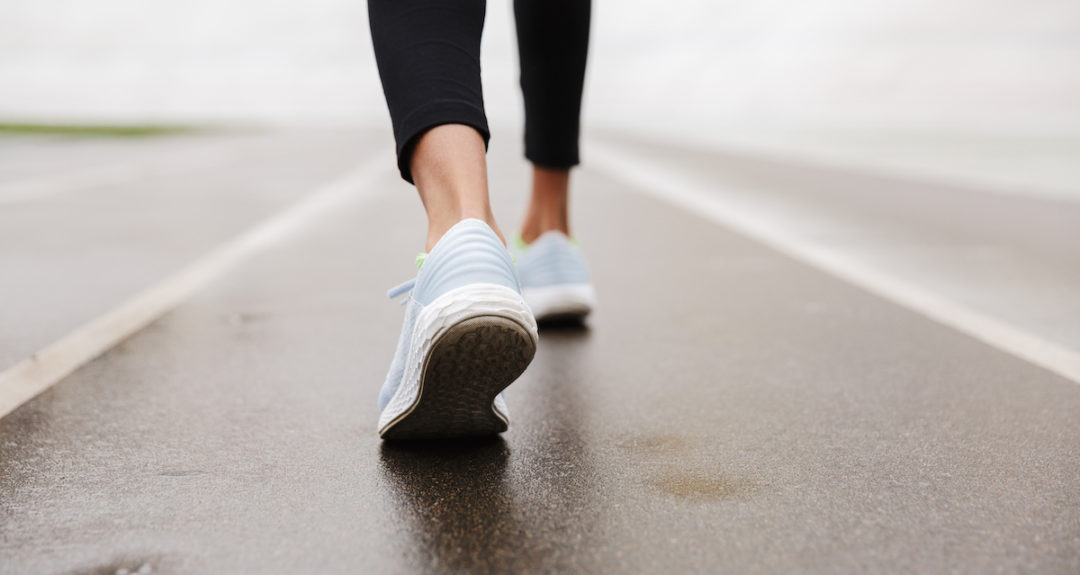In this blog our Senior Musculoskeletal Physio and Running Coach Alex Parford explains Proximal Hamstring Tendinopathy – including symptoms and what not to do. If you think you’re experiencing this, don’t worry, we can help!
What is it?
Proximal Hamstring Tendinopathy – also known as high hamstring tendinopathy – is very common in runners and athletes involved in multi-directional sports.
It’s usually caused by the overloading of the proximal hamstring tendon, which in turn causes inflammation and micro-tearing. This is often due to a sudden increase in training load or doing a hard hill sprint session.
What are the symptoms?
You’ll feel deep pain localised to the Ischial tuberosity – which is the bottom of buttocks and top of hamstring. The pain can often be worse during sporting activities and can be sore for a few days after. Sitting could be painful too, and you might occasionally be stiff in the mornings.
In some cases you can also get referred pain down the back of your leg. This is due to Sciatic-nerve impingement – caused by fibrosis of the hamstring and the sciatic nerve.
On the other hand, you might find walking and gentle activities are pain free.
What’s the treatment?
- Whatever you do, don’t stretch!
- Pelvic positioning will be important to take tension off your proximal hamstring.
- Inner-range hamstring and abdominal work is key, alongside hamstring loading.
- Soft-tissue release work to hamstring, glutes and hip flexors can be effective.
- Shockwave therapy can also help in more chronic cases.
Watch Alex demonstrate the first treatment – a bridge variation
Watch Alex demonstrate the second treatment – in a half kneeling position
What’s the prognosis?
It’ll very much depend on how long you’ve had symptoms.
If it’s a new injury you could recover in 8 weeks with appropriate management – whereas in more chronic cases it could take a year.
How APPI can help
Unfortunately this isn’t a niggle that will go away! If you’re experiencing the symptoms listed above, book in for a Physio session.
Making sure you get your positioning right and loading the hamstring is very important to ensure a speedy recovery. For runners I also like to do a running video analysis to see if there’s anything from a technique perspective that can be changed to manage the injury.
If you have any questions about booking, get in touch with our friendly reception teams – they’ll be very happy to help.

